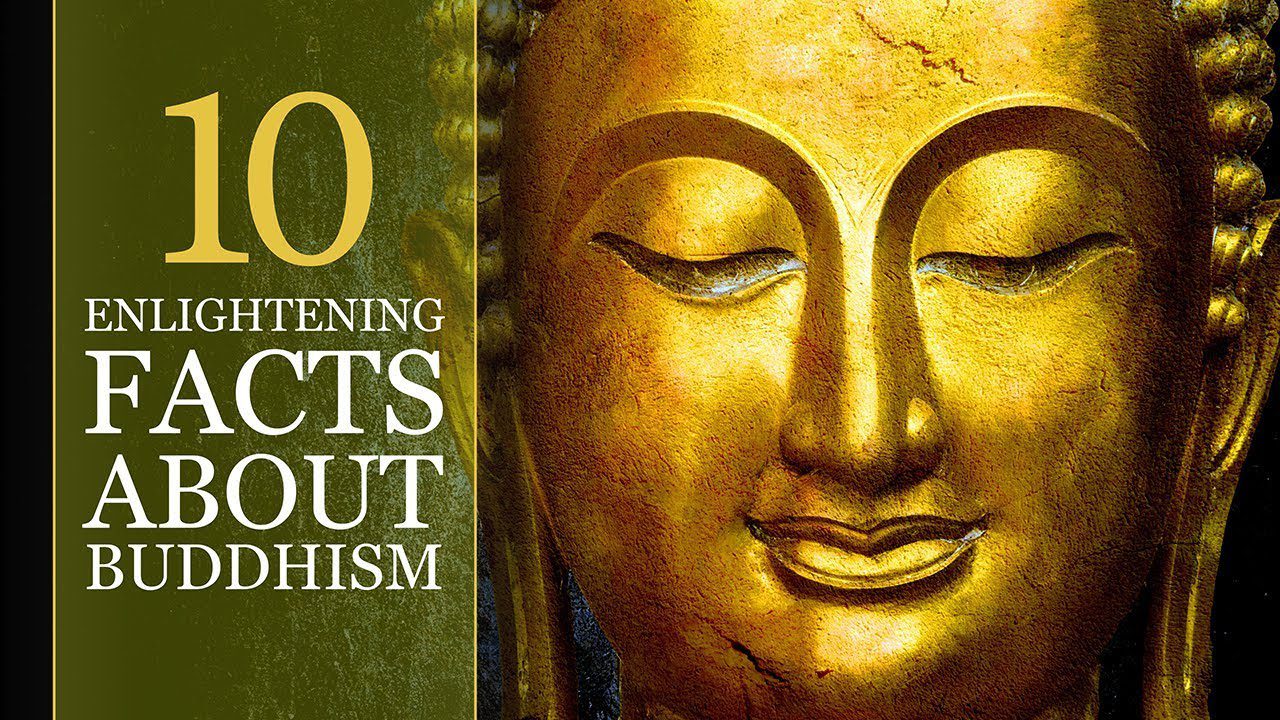Buddhism, founded by Siddhartha Gautama (the Buddha) in 5th to 4th century BCE in Nepal and India, emphasizes enlightenment and liberation from suffering. Its core teachings include the Four Noble Truths, highlighting the nature of suffering and the path to its cessation through the Eightfold Path. Fundamental concepts such as impermanence (anicca) and the cycle of rebirth (samsara) shape Buddhist thought. Meditation fosters mindfulness and insight, while compassion (karuna) underpins ethical behavior. Various schools, including Theravada, Mahayana, and Vajrayana, reflect Buddhism’s diversity. Today, its principles are embraced globally, addressing modern challenges and promoting peace and personal growth.
1. The Origins of Buddhism
Buddhism originated in the 5th to 4th century BCE in what is now modern-day Nepal and India. Its founder, Siddhartha Gautama, known as the Buddha, experienced a deep spiritual awakening after years of ascetic practices and meditation. His teachings, which emphasize the Four Noble Truths and the Eightfold Path, aimed to guide individuals toward enlightenment and liberation from suffering (dukkha).
2. The Four Noble Truths
At the heart of Buddhist teaching are the Four Noble Truths, which serve as a foundation for understanding human existence. They are:
- Dukkha: The acknowledgment that suffering is an inherent part of life.
- Samudaya: Understanding that the cause of suffering is attachment and desire (tanha).
- Nirodha: The belief that ending attachment will lead to the cessation of suffering.
- Magga: The Eightfold Path as the means to end suffering.
These truths highlight Buddhism’s pragmatic approach to understanding and alleviating suffering.
3. The Concept of Impermanence (Anicca)
One of the cornerstones of Buddhist philosophy is the concept of impermanence, or anicca. This doctrine asserts that all things, including thoughts, emotions, and material possessions, are in a constant state of flux. Recognizing the impermanent nature of existence can lead to greater acceptance of life’s ups and downs and ultimately diminish clinging and attachment, fostering inner peace.
4. The Cycle of Rebirth (Samsara)
Buddhism teaches that life is characterized by samsara, the continuous cycle of birth, death, and rebirth. This cycle is influenced by karma, which refers to the moral quality of an individual’s actions. Good actions lead to positive outcomes in future lives, while negative actions result in suffering. The ultimate goal is to transcend samsara through enlightenment (nirvana), thus escaping the cycle altogether.
5. Meditation as a Core Practice
Meditation is a central practice in Buddhism, utilized for cultivating mindfulness, concentration, and insight. Various meditation techniques exist, including Zen meditation (Zazen), Vipassana (insight meditation), and Metta (loving-kindness meditation). Regardless of the method, the aim is the same: to develop a deeper understanding of the mind, reduce suffering, and attain enlightenment.
6. The Importance of Compassion (Karuna)
Compassion, or karuna, is a vital aspect of Buddhist practice. It involves recognizing the interconnectedness of all sentient beings and extending kindness and empathy toward others. The development of compassion is believed to promote personal happiness and contribute to a more harmonious world. Buddhists strive to embody this quality not only in their thoughts and words but also in their actions.
7. The Role of Monks and Nuns
Monasticism holds a significant place in Buddhism, with monks and nuns dedicating their lives to the study and practice of Buddha’s teachings. They often engage in meditation, teaching, and community service. Monastic life provides a framework for individuals to deepen their spiritual practice and serve as role models for lay practitioners. In many cultures, monks are revered, and their insights are highly respected.
8. Diverse Schools of Thought
Buddhism is not a monolithic tradition; it encompasses a variety of schools and sects, each with its own interpretations and practices. The three major branches are:
- Theravada: Predominantly found in Sri Lanka and Southeast Asia, emphasizing individual enlightenment and the historical teachings of the Buddha.
- Mahayana: More widespread in East Asia, this branch includes many sub-sects and focuses on the Bodhisattva ideal, where practitioners strive to attain enlightenment for the benefit of all beings.
- Vajrayana: Often referred to as Tibetan Buddhism, it incorporates elements of Tantric practices and rituals, emphasizing the role of the teacher and community in the spiritual path.
9. The Significance of Rituals and Symbols
Buddhism features a rich tapestry of rituals and symbols that enhance practice and understanding. One of the most recognized symbols is the Dharma Wheel (Dharmachakra), which represents the teachings of the Buddha. Rituals can range from simple acts of devotion, such as offerings of flowers and incense, to complex ceremonies that mark significant life events. These practices serve to unite communities, reinforce teachings, and deepen the individual’s connection to the path.
10. Buddhism in the Modern World
Buddhism has gained global recognition and influence, particularly in the West, where its practices and philosophies have been integrated into psychology, wellness, and mindfulness movements. The modern challenges of stress, anxiety, and disconnection have led many people to explore Buddhist teachings as a means of finding peace and personal growth. Despite the diverse contexts in which Buddhism is practiced today, its core principles—compassion, mindfulness, and the quest for inner peace—remain timeless and universally relevant.
In sum, Buddhism offers profound insights into the nature of existence and the human experience. Through its teachings, practices, and rich history, it invites individuals to embark on a journey of self-discovery, compassion, and ultimate liberation from suffering.
